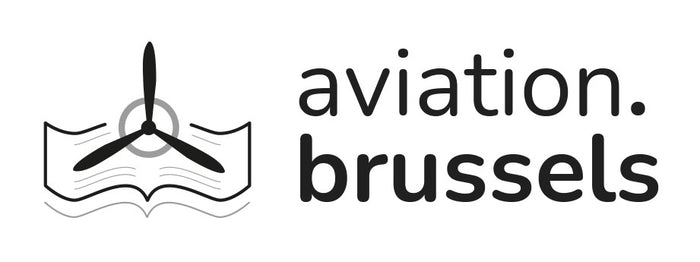Assen Jordanoff
From Wikipedia, the free encyclopedia
Assen "Jerry" Jordanoff (Bulgarian: Асен Христов Йорданов) born Asen Hristov Yordanov, September 2, 1896, Sofia, Bulgaria – d. October 19, 1967, White Plains, New York) was a Bulgarian inventor, engineer, and aviator. Jordanoff is considered to be the founder of aeronautical engineering in Bulgaria, as well as a contributor to the development of aviation in the United States.
He occupied a distinct place among pilots of his time, the golden age of airmanship; in America, Jordanoff gained almost legendary status for his many roles as test pilot, airmail and air taxis pilot, stunt pilot, and flying instructor.
He worked as an engineer for a number of companies, including Curtiss-Wright, Boeing, Lockheed, North American, Consolidated, Chance-Vought, Douglas and Piper, where he produced instruction books and manuals for famous airplanes such as the Curtiss P-40 Warhawk, the Lockheed P-38 Lightning, the North American B-25 Mitchell, the Boeing B-17 Flying Fortress, the Consolidated B-24 Liberator, the Boeing B-29 Superfortress, and the Douglas DC-3. Jordanoff was also well known for his numerous educational publications on aeronautics, including his inventions outside the realm of aviation.
Aviation career
Faced with the dilemma of knowing absolutely no English, Assen Jordanoff began his life in America shoveling snow in New York for small pay. After the snow melted, Jordanoff was able to find a job at a construction work on a skyscraper. Having a job, he spent all his free time at the Public Library, studying English by himself or reading books and manuals on subjects such as aeronautics, machinery, and mechanics. At that time he became known among his friends and colleagues as Jerry, rather than Assen, a familiar name that would stick with him for the rest of his life.
Jordanoff then got a job at the Curtiss-Wright Corporation. Having his English improved, Assen Jordanoff went on to take university courses in engineering, aeronautics, radio electronics, physics, and chemistry. At the same time he graduated from a flying school; his instructor was William Winston, who was also Charles Lindbergh's flight instructor. Jordanoff moved later to Curtiss-Wright, therefrom he would emerge as a test pilot and in parallel as a sales manager, a pilot of air taxis, a stunt pilot and above all a flying instructor. He also specialized in flying under complex weather conditions. Jordanoff was still just in his late 20s. Jordanoff was invited by Thomas Edison to visit him at his home in Menlo Park, New Jersey as Edison was at the stage of developing a proto-radar and was also interested in helicopters, a research project in which Assen Jordanoff was involved at the same time. They collaborated designs and worked together for several months.
Jordanoff's writings
Assen Jordanoff, Flying and How to Do It, Grosset & Dunlap, New York, 1932, 1936, 1940; illustrated by Larry Whittington
Assen Jordanoff, Your Wings, Funk and Wagnalls, 1936, 1939–1940, 1942
Assen Jordanoff, Through the Overcast: The Weather and the Art of Instrument Flying, Funk and Wagnalls, New York – London, 1938–1939, 1940–1941, 1943
Assen Jordanoff, Safety in Flight, Funk & Wagnalls, New York – London, 1941, 1942
Assen Jordanoff, Jordanoff's Illustrated Aviation Dictionary, Harper & Brothers, New York – London, 1942
Assen Jordanoff, The Man Behind the Flight: A ground Course for Aviation Mechanics and Airmen, Harper & Brothers, New York – London, 1942
Assen Jordanoff, Power and Flight, Harper & Brothers, New York – London, 1944
Assen Jordanoff, Men and Wings, Curtiss – Wright, New York, 1942.























